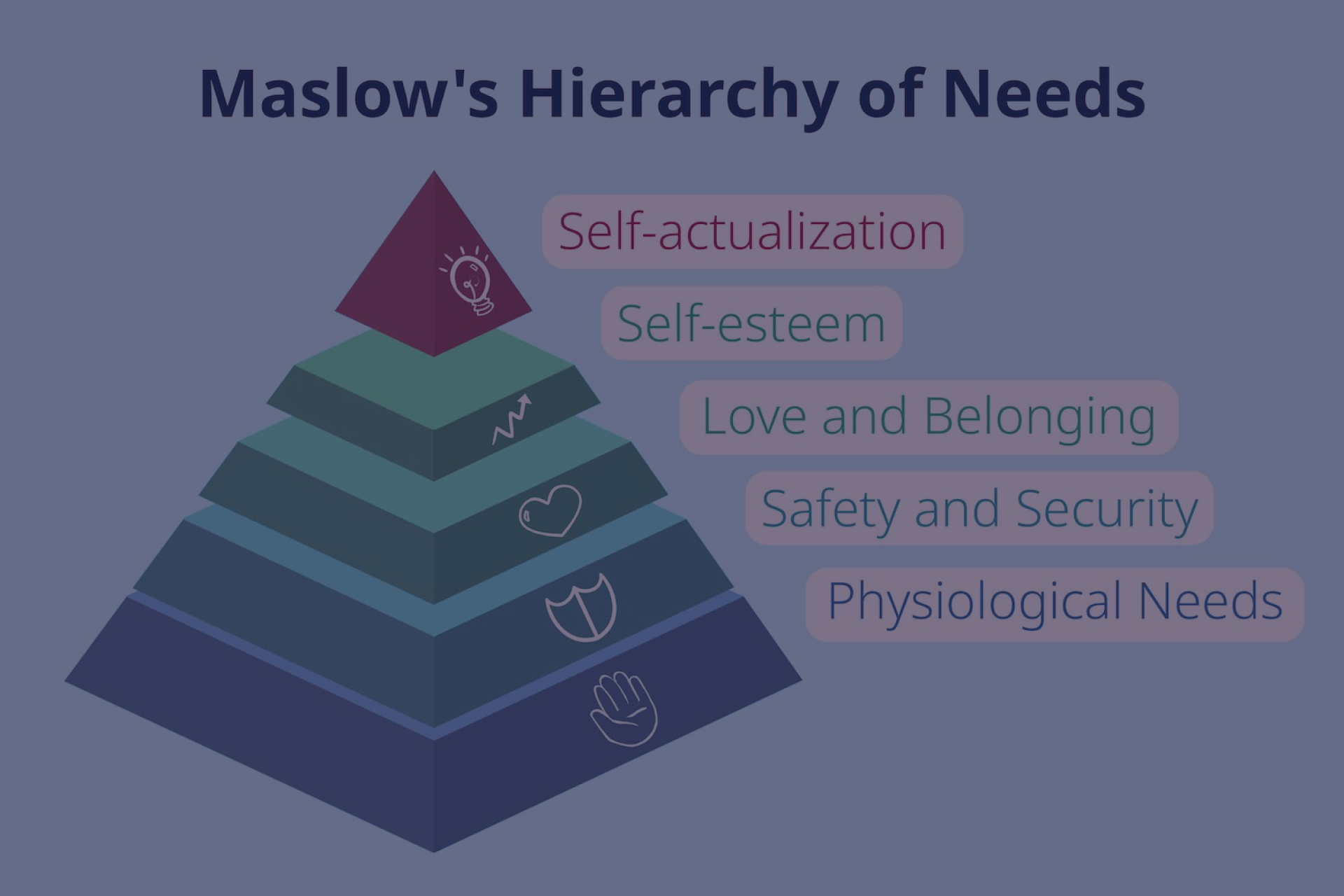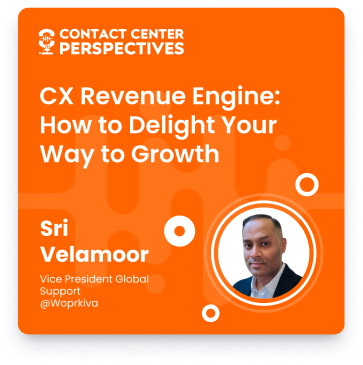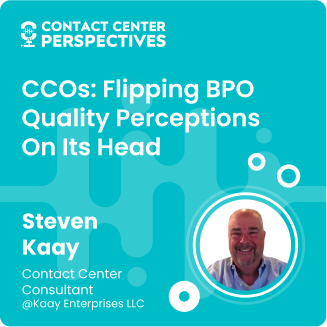Agent Turnover Rates as an Underlying Virus

Byline: From a podcast interview with Florian Schröder, the Head of Customer Success at Stepstone, Europe’s largest online recruiting company.
Introduction
In the fast-paced world of contact centers, where customer satisfaction is paramount, the high turnover rate of agents poses a significant challenge. This transcript highlights the importance of addressing agent turnover as a top priority for contact center leaders. With a turnover rate of 40%, the underlying issues need to be identified and resolved to create a positive work environment that fosters employee happiness and, in turn, customer satisfaction. This article delves into the impact of agent turnover on contact centers and explores the correlation between employee happiness and customer satisfaction.
The Severe Consequences of Agent Turnover
A 40% turnover rate in a contact center is a cause for concern. While some turnover is natural and beneficial for introducing fresh perspectives, such a high rate indicates deeper underlying issues. Florian emphasizes that a turnover rate exceeding a certain threshold clearly indicates something is wrong within the company. The constant need to recruit, onboard, and upskill new agents prevents the development of a happiness circle, hindering the growth and success of the business.
Florian draws a direct correlation between employee happiness and customer satisfaction. He explains that the happier the employees are, the happier the customers will be, creating a positive feedback loop. However, with a high turnover rate, contact centers cannot establish this happiness circle. The constant cycle of recruiting and training new agents prevents the formation of strong relationships between agents and customers, leading to decreased customer satisfaction and ultimately impacting the bottom line.
Schröder’s insights highlight the severity of the issue and the urgent need for contact center leaders to prioritize addressing agent turnover. Doing so can create a positive work environment that fosters employee happiness and, consequently, improves customer satisfaction.
The Happiness Circle: Employee Happiness and Customer Satisfaction
The concept of the happiness circle is crucial in understanding the impact of agent turnover on contact centers. Schröder explains that employee happiness and customer satisfaction are intertwined, influencing each other in a continuous loop. When employees are happy, they are more likely to provide exceptional customer service, increasing customer satisfaction. Conversely, satisfied customers contribute to employees’ happiness, creating a virtuous cycle.
This happiness circle is disrupted when contact centers experience high agent turnover. The constant influx of new agents prevents the establishment of strong customer relationships, hindering customer satisfaction development. Additionally, the time and resources spent on recruiting and training new agents could be better utilized to nurture existing employees and improve their happiness.
By recognizing the importance of the happiness circle, contact center leaders can prioritize employee happiness to drive customer satisfaction. Investing in employee engagement programs, providing opportunities for growth and development, and fostering a positive work culture can help break the cycle of agent turnover and create a sustainable happiness circle.
The Bottom Line Impact: Revenue and Business Growth
Agent turnover not only affects employee happiness and customer satisfaction but also directly impacts a contact center’s bottom line. Florian highlights the connection between agent turnover and business growth, emphasizing that a high turnover rate is an underlying virus that hampers a company’s success.
Recruiting and training new agents is a costly process that diverts resources from other business areas. Moreover, the constant turnover prevents agents from developing deep product knowledge and expertise, leading to subpar customer interactions. This, in turn, can result in decreased customer loyalty, reduced revenue, and missed growth opportunities.
To mitigate the negative impact of agent turnover on the bottom line, contact center leaders must prioritize employee retention and satisfaction. Contact centers can reduce turnover rates and foster long-term business growth by investing in ongoing training and development, creating a supportive work environment, and recognizing and rewarding employee achievements.
Conclusion
The transcript highlights the urgent need for contact center leaders to address the issue of agent turnover. A high turnover rate indicates underlying issues within the company and disrupts the happiness circle that connects employee happiness and customer satisfaction. By prioritizing employee retention and satisfaction, contact centers can break the turnover cycle, foster a positive work environment, and ultimately drive business growth.
To combat agent turnover, contact center leaders must invest in employee engagement programs, provide opportunities for growth and development, and create a supportive work culture. By doing so, they can establish a happiness circle that positively impacts employees and customers, increasing customer satisfaction and improving business outcomes.
By recognizing the severity of the issue and taking proactive measures to address agent turnover, contact centers can create a sustainable and successful environment that benefits employees and customers alike.
Looking for specific information?
Our specialist will help you find what you need in customer service outsourcing
Book a callDiscover Contact Center Perspectives Podcast
Discover the themes that resonate most with your challenges
 English
English





